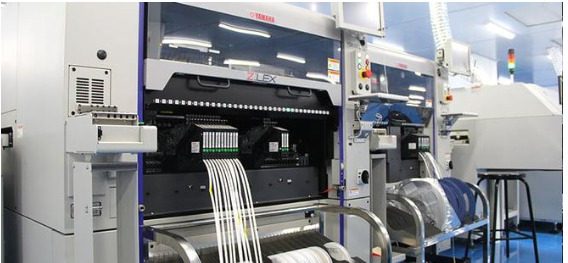When it comes to electronic assembly, it’s important for companies to produce quality products within a short period of time. One of the most popular methods used by manufacturers is Surface Mount Technology (SMT), which allows them to meet high-quality standards while completing their devices in a shorter period of time. Using this technique, they can also create smaller parts, which makes SMT a valuable part of their production process.
What is Surface Mount Technology?
SMT Assembly is the most popular technology in electronics assembly. SMT is a process where electronic components are mounted on a printed circuit board (PCB). SMT components are less prone to failure and can be assembled with greater accuracy than surface-mounted components. There are several reasons for this:
1) SMT components are tightly packed together, which reduces the amount of contact area that can fail.
2) The component leads do not have to withstand high forces during assembly, which reduces the chance of lead failures.
3) The component leads are more easily accessible, which allows for improved solder joint quality.
4) SMT components can be installed in a variety of positions on the PCB, which eliminates the need for special tools and techniques.
How does the SMT process work?
SMT is a process used to produce electronic components by removing material from a semiconductor wafer using a series of finely-pointed tools called tools. The tool is placed on the surface of the wafer and then moved in a controlled manner while an infrared laser melts the layer of the wafer below it. This creates small features that can be connected together to create circuits.
Advantages of SMT
- Surface Mount Technology offers a variety of advantages over traditional PCB assembly techniques.
- a) SMT allows for more compact and efficient designs, making products faster to manufacture and reducing costs.
- b) SMT technology is more reliable than PCB assembly, as there is no need for soldering or wire bonding.
- c) SMT boards are less likely to suffer from shorts due to contact between different parts, making them easier to repair.
d)SMT technology is also more environmentally friendly, as it uses less material overall.
Other Processes in Electronics Assembly
Surface Mount Technology is the most popular technology in electronics assembly. SMT is a quick and reliable process that allows manufacturers to build complex electronic devices quickly and efficiently.
SMT Assembly is used for circuit boards, modules, and other components that need to be tightly integrated with other parts. It’s also used for high-volume production lines where reliability is critical.
There are two main types of SMT: wafer-level packaging (WLP) and bulk CMOS. WLP uses small, square lead frames that are filled with a photoresist material. The frames are then diced into individual parts, which are then mated together with wire leads to create the finished product. Bulk CMOS works in a similar way but uses large panels of silicon instead of lead frames.
Another advantage of SMT is its low environmental impact. In comparison to other manufacturing methods, SMT produces relatively few waste products. This makes it a good choice for products that have to meet stringent environmental requirements such as medical devices and aircraft components.





























